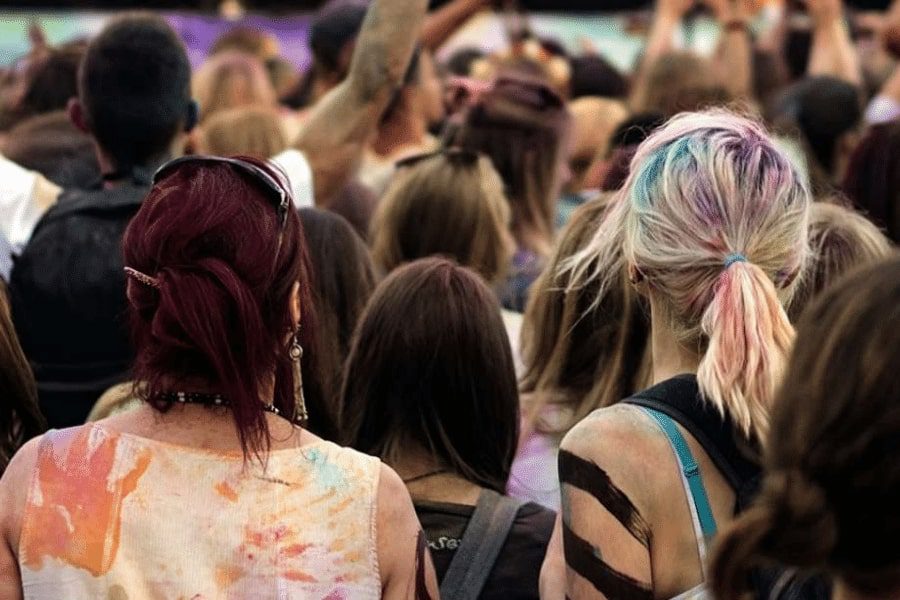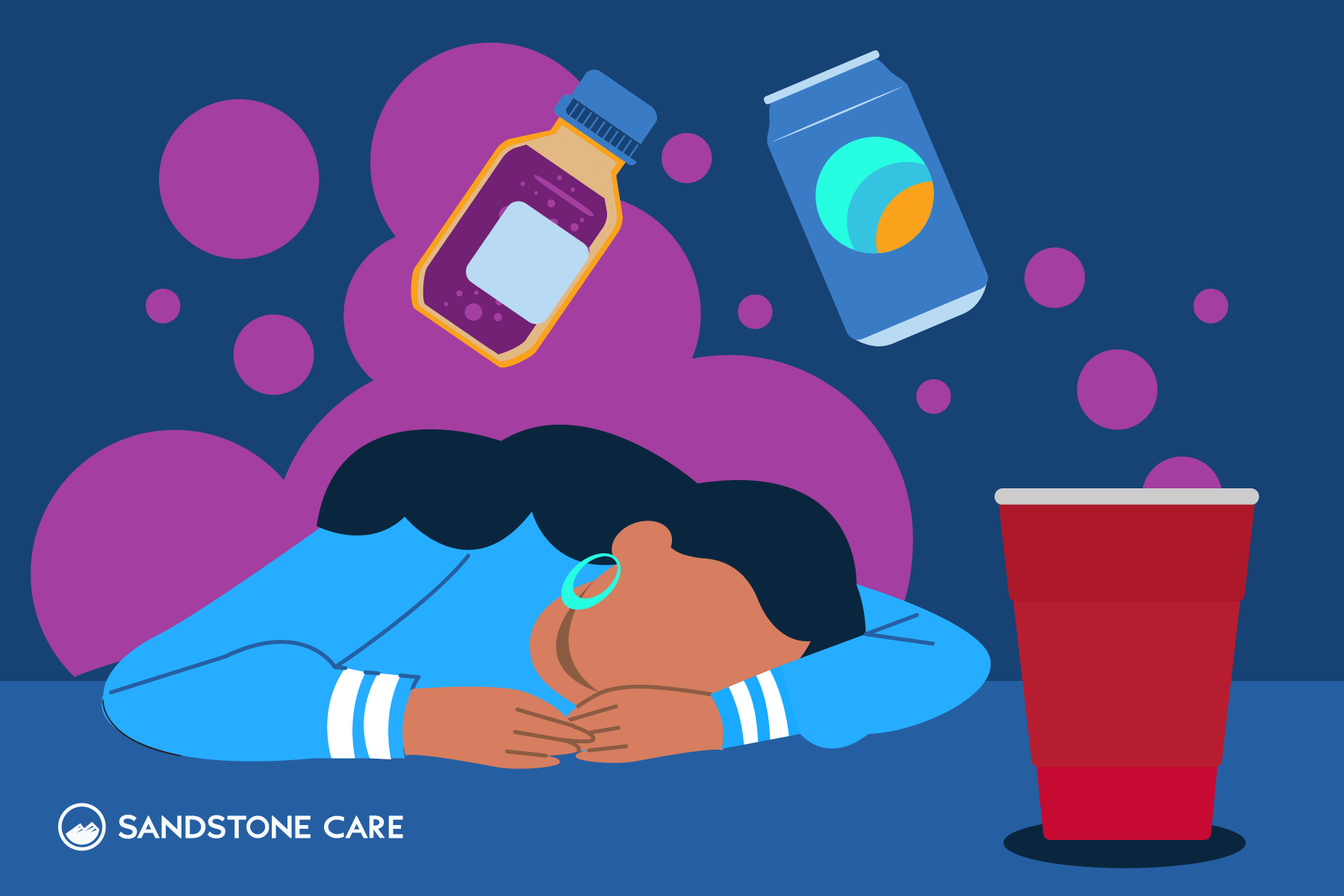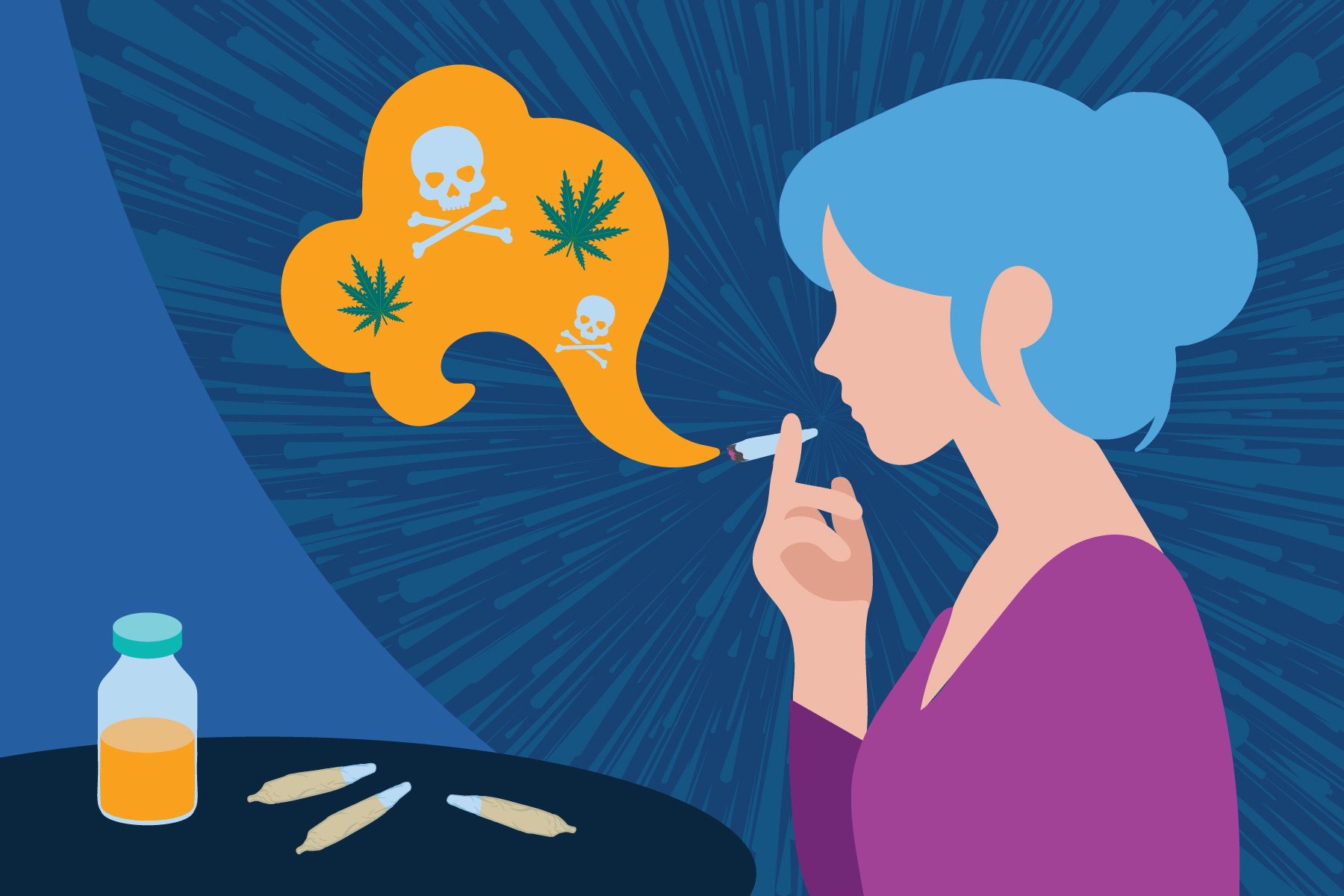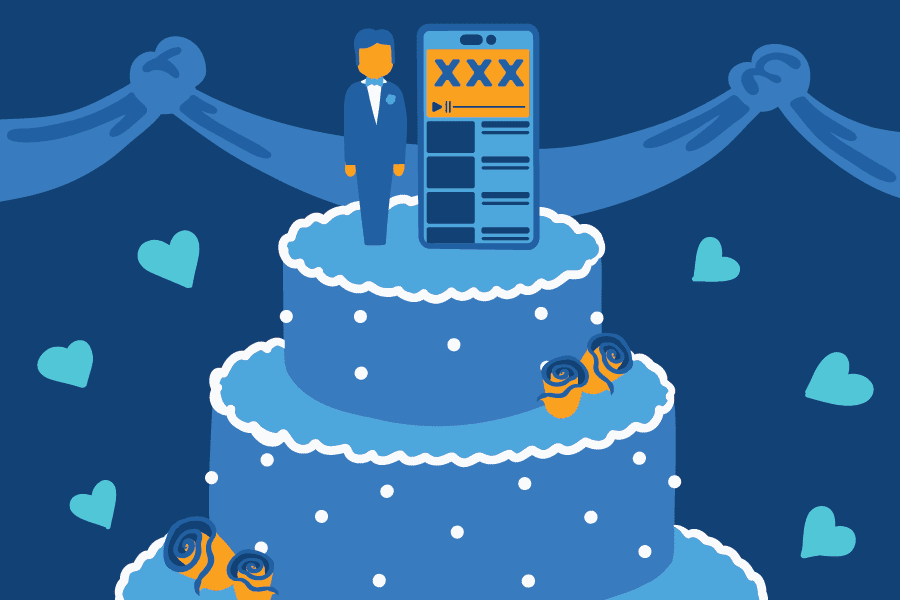What is Club Drugs?
Today there are over 800 music festivals in the US, with 32 million attendees each year. The boom in music festival popularity is largely attributed to the rise of electronic dance music (EDM), a genre characterized by digitally produced, fast-paced, intense beats coupled with laser light shows and pyrotechnics.
This sensory experience can also be called a “rave”. While EDM festivals such as the Electric Daisy Carnival and Electric Zoo are famous for their electronic music scene, they’re equally well-known for the drug use that occurs there.
Substances Commonly Used at Concerts and Raves: Designer Drugs, Psychedelics and More
Music festivals are meant to be gathering places for people to enjoy music and community. This type of atmosphere allows attendees to feel themselves apart from society for a few days, and during that time they may do things like taking mind-altering substances to push these experiences even further.
While it used to be that the type of music at a given festival was indicative of the types of substances that might be available there, today many different illicit substances can be found at larger festivals regardless of the genre. Some popular festival drugs include:
- Ketamine: K, special K, kit kat, purple, k-hole
- MDMA: ecstasy, Molly, X, E, skittles, scooby snacks
- Marijuana: pot, grass, green, reefer, weed, kush
- Cocaine: coke, snow, white, powder, dust, yeyo
- Opioids: oxy, kickers, Cody, china white, vickies, smack
- LSD: acid, blotters, dots, tabs, mellow yellow
- Psychedelic mushrooms: shrooms, boomers, magic mushrooms, little smoke
According to the FBI, “Raves are one of the most popular venues where club drugs are distributed.” Club drugs is a term used to describe substances such as MDMA, LSD, ketamine and others commonly found in these venues.
Risks of Illicit Drug Use at Music Festivals
When it comes to using illegal drugs, there are always inherent risks associated with their purity and potency. There is no governing body regulating the production of illicit substances. There is often a chemical component to their creation, and they are often cut with harmful, cheaper chemical alternatives.
Without testing, there’s no way of knowing a synthetic drug’s chemical makeup or potency; both unknowns can result in dangerous consequences.
A risk factor more specific to music festivals and concerts is dehydration. Being outside in the hot sun or in a crowded place dancing for hours would require anyone to drink plenty of water to avoid getting dehydrated; adding in substances that accelerate that process and make users less aware of their bodily needs has proven fatal for some.
Environmental factors at music festivals increase the ever-present risks associated with drug use, such as overdose, bad trips and adverse reactions. As these problems become increasingly widespread at events across the US, some organizations are making an attempt to mitigate some of the harm drug users incur.
Harm Reduction Measures
As music festivals continue to rise in popularity, many are starting to be proactive about helping their attendees experience them safely.
While it’s unrealistic to expect these events to be completely drug free, onsite harm-reduction strategies like drug education, pill testing and air-conditioned “chill rooms” where concert-goers can escape the heat are becoming more of the norm at events where attendees are likely to use drugs. Other strategies include:
- Free water and water refill stations
- Onsite medical services
- Amnesty boxes
- Drug education materials and resources
- Extra security and staff
A common scrutiny of this practice is that it encourage drug use. However, there is some evidence to support its benefits. For example, one study published by the Journal of Psychopharmacology found that rave attendees were significantly less likely to use ecstasy pills if testing showed that it did not contain MDMA.
What to do if Your Child is Using Club Drugs
While polydrug use at music festivals and parties is exceedingly common among teens and young adults as a way to let loose and enhance their experience, it carries with it some very sobering risks such as adverse drug reactions, physical endangerment while under the influence, addiction and overdose.
If you’re concerned that your teenager is using drugs at parties but aren’t sure how to approach them, a professional addictions counselor can help. We offer specific substance abuse and mental health treatment for teens and young adults in Colorado and Maryland. Call the Sandstone Care team at (888) 850-1890 seven days a week for advice and support.




